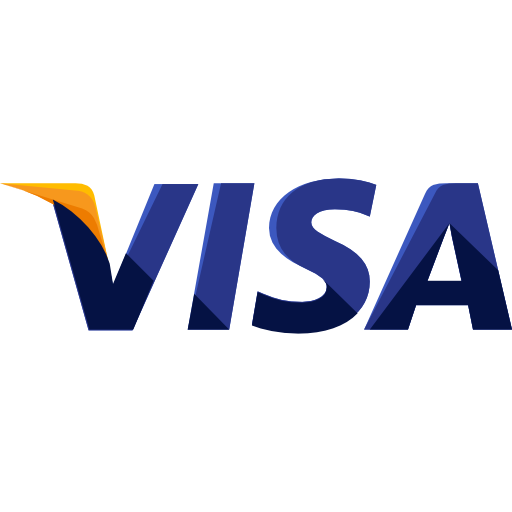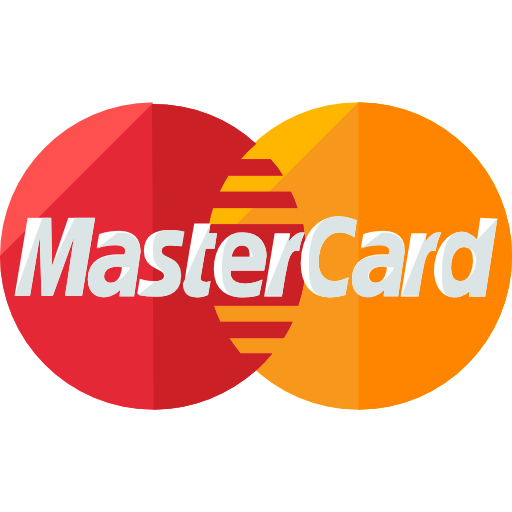News
POS Philippines Grand Tech Int’l. Ent. Corp.
Thursday, July 1, 2021Table of Contents
- Introduction
- What Does Point of Sale Mean?
- How Do POS Systems in the Philippines Work?
- What Is the History of POS Systems?
- Are POS Systems the Same in Every Store?
- What Are the Benefits of Using a POS System?
- Valuable Business Insights
- Streamlined Workflow
- Employee Satisfaction
- Increased Customer Loyalty
- Competitive Advantage
- How Do You Create a POS System?
- How Do You Choose the Best POS Software for You?
- What POS Hardware Should You Get?
- Electronics
- POS Terminal
- POS Tablet
- POS Printer
- Where Can I Get POS Hardware in the Philippines?
- Conclusion
An Introduction to Point of Sale (POS) Systems in the Philippines
Introduction
Before the development of modern technology, those who worked in retail or food service had to manually add the cost of each item someone bought using a cash register. Employees also ran cards with a flatbed imprinter that used carbon paper. However, credit card transactions weren’t instantaneous and usually took two days or more before your bill reflected your charges.
Nowadays, establishments have a highly efficient system where workers use electronics that help them quickly tally bought products and calculate the total value. These devices have also greatly helped business owners run their stores by automating specific processes and ensuring that workers commit fewer errors.
Improve inventory management, simplify invoicing, and enhance customer experience by investing in top-of-the-line POS systems. At Grand Tech Int’l. Ent. Corp., we take great pride in offering EC Electronics, Limited hardware in the Philippines. EC Line is an established manufacturer of POS peripherals and retail technology that has distributed its products to more than 25 countries.
What Does POS Mean?
The point of sale (POS), sometimes referred to as the point of purchase, is the time and location where a retail transaction is completed. Merchants compute the amount owed by the customer and prepare an invoice for them. Afterward, they specify the mode of payments available and issue a receipt as proof of purchase.
How Do POS Systems in the Philippines Work?
POS accessories are quite common to see these days. Weighing scales, barcode scanners, and cash registers are used to determine the customers’ total bill, while payment terminals, touch screen devices, and other hardware are used so people can pay for their goods.
Over the years, businesses have adopted modern electronic POS systems because these computerized networks help eliminate the need for tags. The price of an item can now be linked to its product code, which the cashier will scan to process a sale.
If there are any price changes, managers simply need to access their inventory window and input a new value. POS systems are also beneficial since they can assist stores in implementing discounts, managing a loyalty scheme for customers, and keeping track of their stocks.
What Is the History of POS Systems?
Before the 1990s, people controlled early electronic cash registers with proprietary software. They had limited functions and communication capabilities, requiring workers to do most tasks manually.
The IBM 3650 and 3660 were store systems designed to perform regular checkout operations and disseminate data. They were the first data-processing products that used client-server technology, local area network simultaneous backup, peer-to-peer communications, and remote initialization.
As the years passed, a range of POS applications were developed by developers on various platforms, such as Windows and Unix. Local processing power and data storage as well as networking and graphical user interface allowed experts to create highly functional POS systems. Most modern POS systems feature high and consistent operating speeds, remote supportability, low-cost hardware, and durable accessories.
Furthermore, with the discovery of cloud computing, electronic POS systems can now be accessed directly from the Internet using any browser. Cloud-based POS systems are different from their traditional counterparts because their user data, such as sales and inventory, are stored in a remote server. They also don’t run locally, which means that no installation is required.
Are POS Systems the Same in Every Store?
It is vital to note that POS systems are considered one of the most complex software available on the market because of the various features required by different end-users. Some include suites that handle sale inventory, customer loyalty and reporting modules, vendor ordering, stock counting, barcode creation, and more.
POS systems are designed for businesses in the retail, wholesale, and hospitality industries to use. Aside from these, however, they are used in goods and property leasing stores, equipment repair shops, healthcare facilities, ticketing offices, and more.
These establishments usually require additional features, such as allocation and scheduling of facilities, keeping records of services rendered to customers, and more. Customers of each store have different expectations, which is why it is recommended for business owners to customize a POS system to meet their specific needs.
What Are the Benefits of Using a POS System?
Here is a list of benefits you’ll get once you invest in a POS system for your business:
Valuable Business Insights
Data and analytics are essential for the growth of your business. Some POS systems can be customized to provide you with comprehensive insights that you can use to better your service and management. The key areas that the reports can focus on include sales and employee performance as well as inventory management.
Streamlined Workflow
By integrating and automating key processes, you can create a streamlined workflow that will increase your shop’s cost efficiency and improve your staff’s productivity. You can have a faster customer rotation in your restaurant, an easier check-out process in your retail store, and more. Additionally, having everything in one central hub ensures that the information consolidated and disseminated is as accurate as possible.
Employee Satisfaction
POS systems can also help you manage your employees better. You can create profiles for your workers where they can input their credentials and other pertinent details. By collecting the data and making it accessible to everyone, you’ll have an easier time assigning shifts. This means that you won’t have to handle complaints of unfair schedule creation and other similar concerns.













